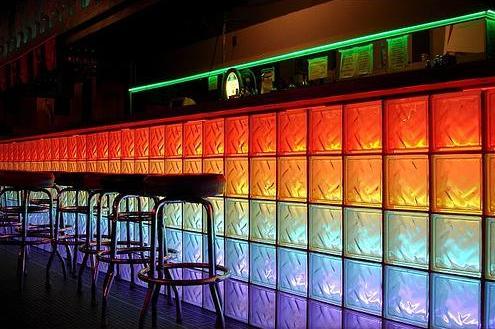In cities like San Francisco and New York, gay bars—once central to both a city’s gay community and the liberation movement itself—are in decline. Peter Lawrence Kane on where LGBT nightlife is headed.
Herman Nieves’ memory stretches back to when the epicenter of San Francisco’s gay scene wasn’t the tony Castro, or the leather-and-Levi’s bars South of Market or even the hustler hangouts in Polk Gulch. In the 1950s, it was the Embarcadero, then something of a sailor’s haunt.
“Jack’s Waterfront. That was the first gay bar I’d ever been in,” Nieves, who is now 78 years old, recalls. “Edith Piaf’s songs were real big at that time. We used to go to all these underground bars with signs saying, ‘You are subject to a raid at any time’. And we were. I was arrested three times. [But] when we weren’t legal [referring to the days when sodomy was still illegal in California], it was more fun.”
To any LGBT American under 40, that could very well be life under a Stalinist client state, or a story set in some distant galaxy. Over the last ten years, giant leaps in queer visibility have given way to a general decline in homophobia. The drag scene has exploded in the wake of RuPaul’s Drag Race, hip-hop is now full of allies, lesbians can get married in Utah and the LGBT community has never been more affluent, politically engaged and—anecdotally, at least—still as inclined to party as hard as ever.
Yet gay bars, once central to both a city’s gay community and to the liberation movement itself, are in decline. Scratch anyone who’s lived in an American gay mecca long enough, and this fact becomes almost a melancholy point of pride, of the I’ve-seen-it-all-kid variety. They can tick off dozens of shuttered spaces, recite slightly embellished tales of what wild things used to transpire in them and tell you about the friends lost to AIDS.
more on punchdrink.com




